Toshiba Libretto 50ct
Final vintage computer (after Atari Portfolio and Palm's, 5000 and others), which I wanted to get - Toshiba Libretto 50ct notebook, which I was able to get in surprisingly good condition, even with working Lithium battery.I remember we were going to programming competition to Saint-Petersburg in the late 90's, and there in the shops I've seen it - it was so beautiful and prohibitively expensive :-) It's size & weight is impressive even these days. From the hardware side it has Pentium 75, 16Mb of RAM, 800Mb HDD, color LCD display with 640x480 resolution. RAM and HDD are upgradeable - I might need to try that.
After working with it for a while you can really recognize the usefulness of USB and WiFi - it is exceptionally hard to upload "large" volume of data to 50ct when you only have serial/parallel/IR ports and external FDD with PCMCIA interface (which was missing in my case). Anyway, even with FDD it is a whole day work to transfer 100Mb :-)
Apparently I will have to look for 16bit PCMCIA cards with USB, Ethernet and WiFi - and this tiny notebook will be much easier to work with :-)
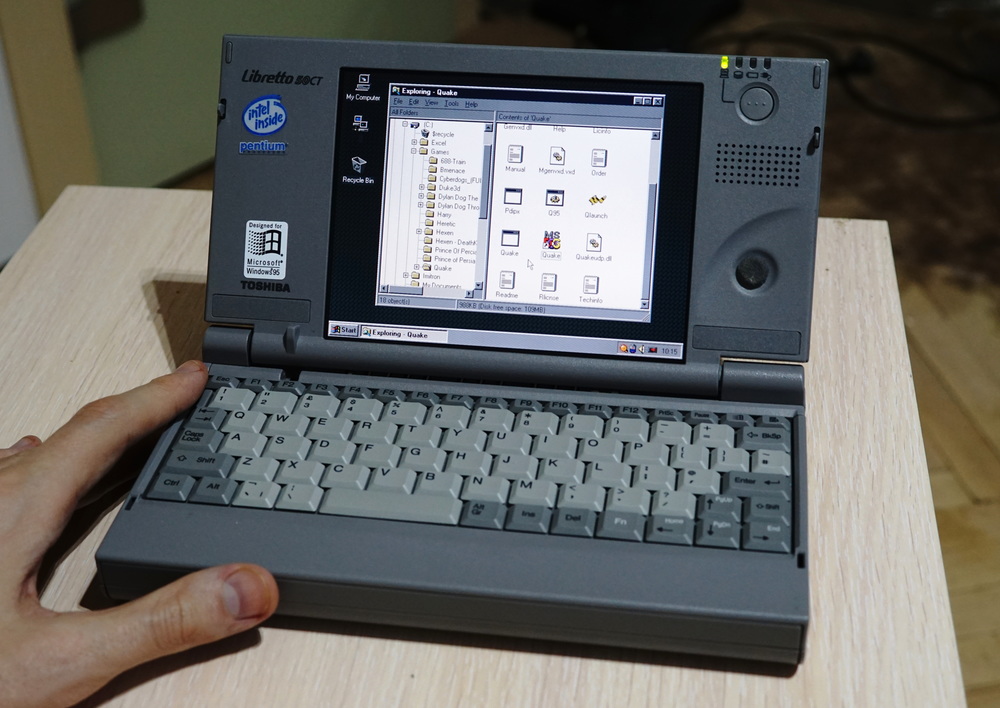
Every time you complain SOIC being too hard to solder...
Take a look at this BFR740 transistor (fT 42Ghz) in TSLP-3-9 package (package dimensions 0.6×1×0.31mm):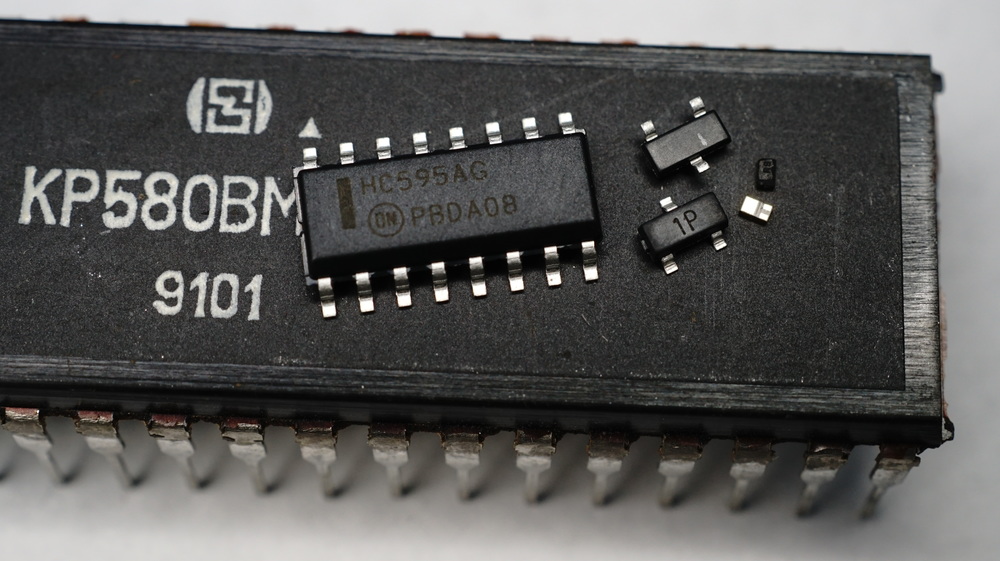
Xiaomi Yi and timelapse
This camera is 10/10. 1080p60, 240fps low-res mode, AV output, WiFi for LiveView, <100$. New features are added on new FW releases (like recording 2k video)... Totally satisfied.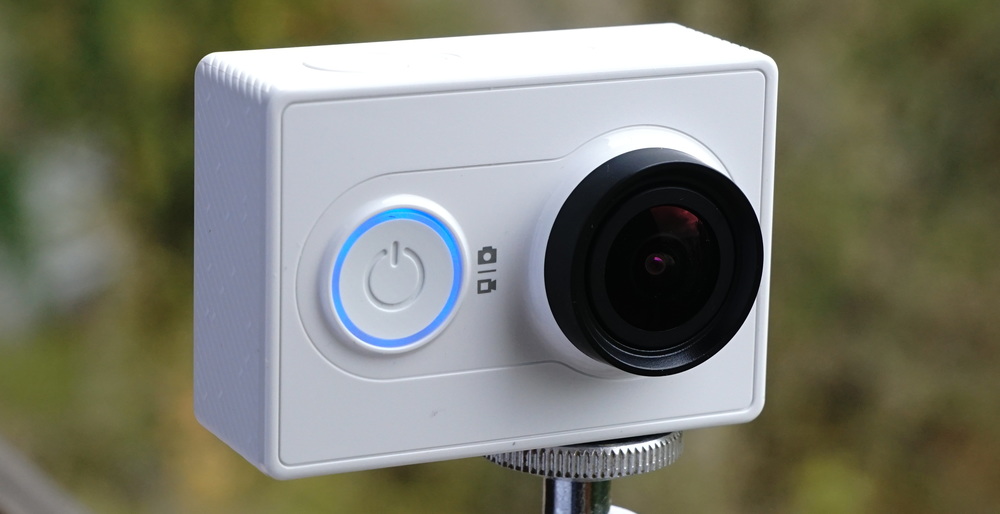
Recorded this 50 hour timelapse for a test. Camera was connected to DC supply as it's consumption in timelapse mode was 0.35A..:
First 90nm product from Russia - 16 megabit SRAM made at Mikron
Mikron is currently the most advanced microelectronic fab in Russia, located in Zelenograd. In 2010 they have licensed 90nm technology from STMicroelectronics, and equipment setup was somewhat ready by the end of 2012. Technology transfer was hindered by very small manufacturing volume and scarce funding. Nevertheless, 1663RU1 has became their first 90nm product reached commercial customers. It's 16 Mibit SRAM chip. Read more on zeptobars.com →
Read more on zeptobars.com →Flickering LED reverse-engineering (+RGB)
 1.5 years ago there was an attempt to reverse engineer behavior of flickering LED as a black box. That time the results were that flickering does not repeat itself (so it's not something like LFSR pseudorandom generator), brightness is set by PWM and there is some distribution of brightness. Since then more results wereachieved, and I also got some time to dig in.
1.5 years ago there was an attempt to reverse engineer behavior of flickering LED as a black box. That time the results were that flickering does not repeat itself (so it's not something like LFSR pseudorandom generator), brightness is set by PWM and there is some distribution of brightness. Since then more results wereachieved, and I also got some time to dig in. Previously it was discovered that there are multiple variants of die of flickering LEDs. You may see photos and read some clues on their inner workings here - siliconpr0n.org, cpldcpu.wordpress.com, hackaday.com. It is surprising that seemingly simple task of flickering LED is being solved numerous times by full custom ASIC, and there is even some competition/progress!
DIN modules and busbar soldering
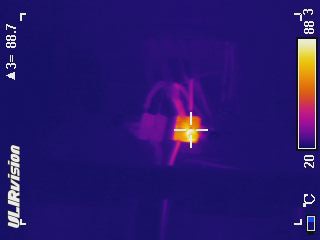 Before: DIN circuit breakers were connected in soviet-electrician-style "it did the best with the stuff I had", consecutive using usual wire. Effectively all current goes through point contacts on first module. These places are the main reliability and safety concern - it could easily overheat and cause a fire. For example on the right see similar setup under 4.25kW power consumption (20А) via thermal imaging camera.
Before: DIN circuit breakers were connected in soviet-electrician-style "it did the best with the stuff I had", consecutive using usual wire. Effectively all current goes through point contacts on first module. These places are the main reliability and safety concern - it could easily overheat and cause a fire. For example on the right see similar setup under 4.25kW power consumption (20А) via thermal imaging camera.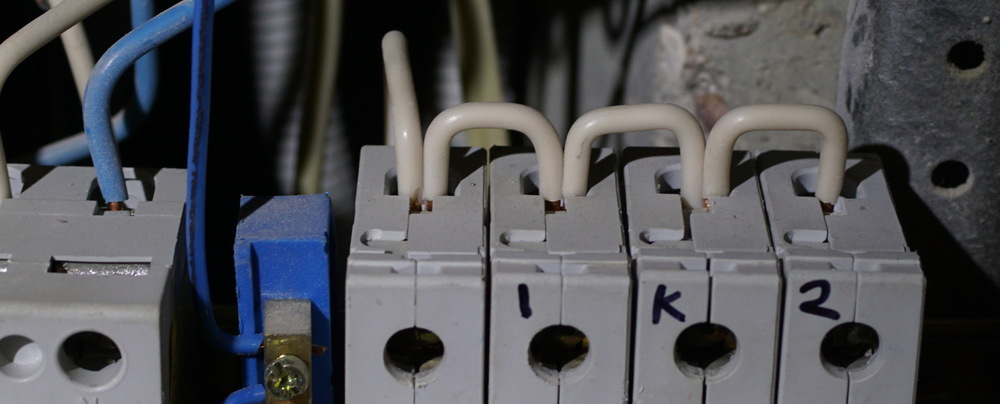
Amateur astronomy starts now!
For quite some time I wanted to buy a telescope - but it was nowhere to store it in rented apartment. Here is my previous attempt. Finally this time has come - I ordered Sky-Watcher 10" DOB SynScan from famous German shop http://telescope-express.com. Even with delivery and customs taxes it was cheaper than in local stores. 10" was selected as largest diameter which could still be used at balcony.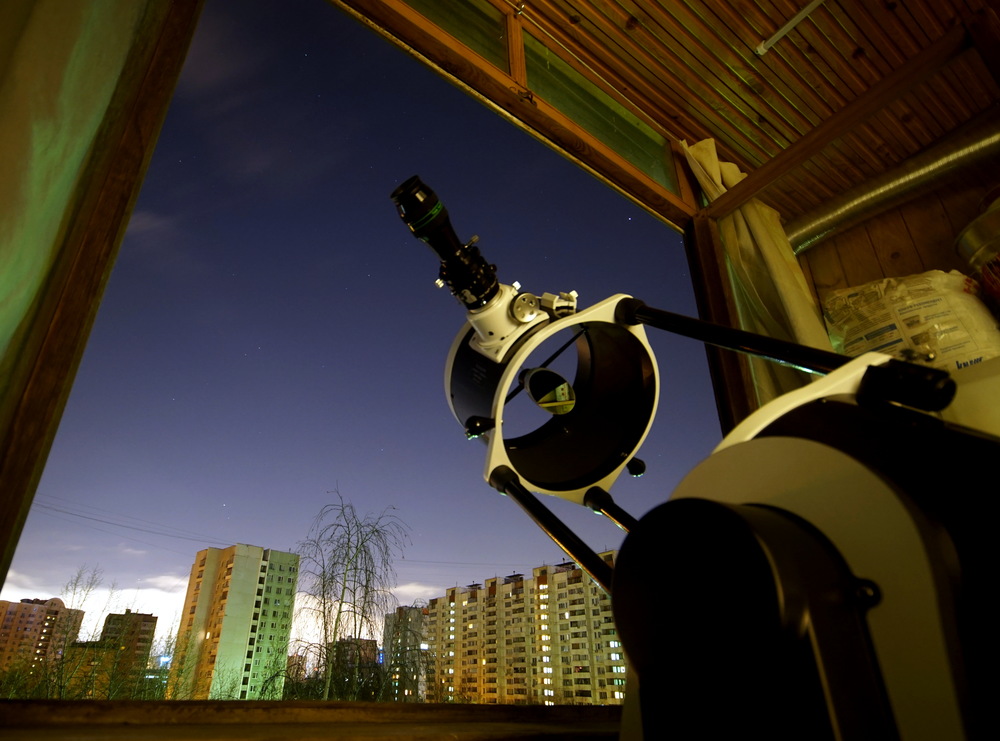
Switzerland 2014
In the summer of 2014 i've been on business trip to Switzerland. Finally got some time to share few photos.The most iconic one is probably the cows eating grass in Alps, 2000 meters above the sea level:
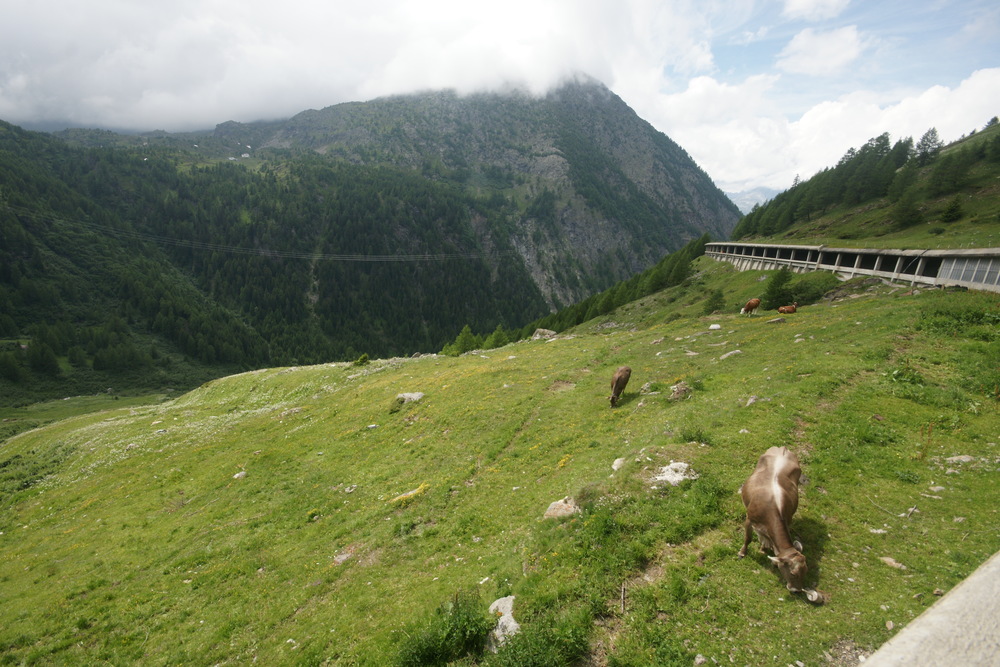





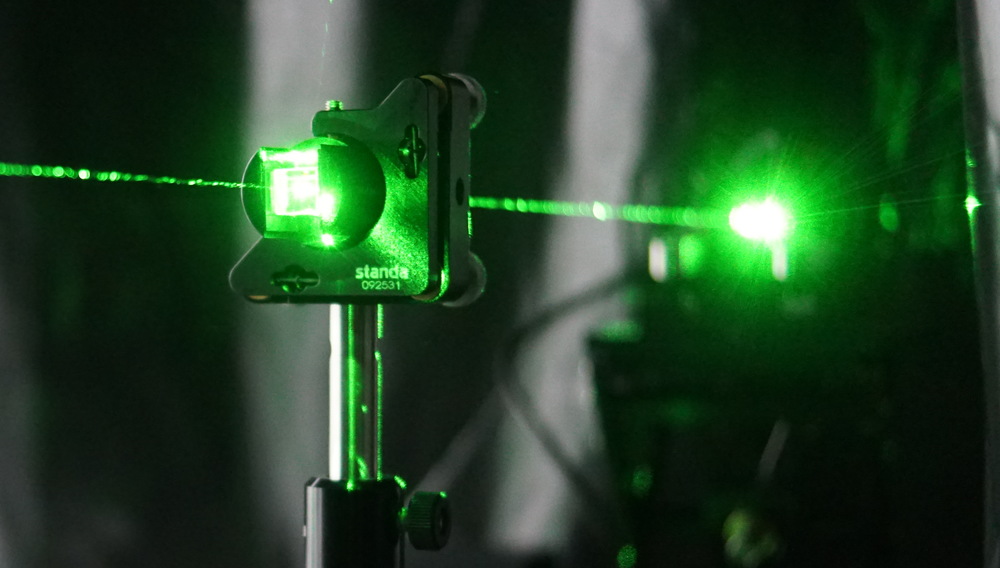
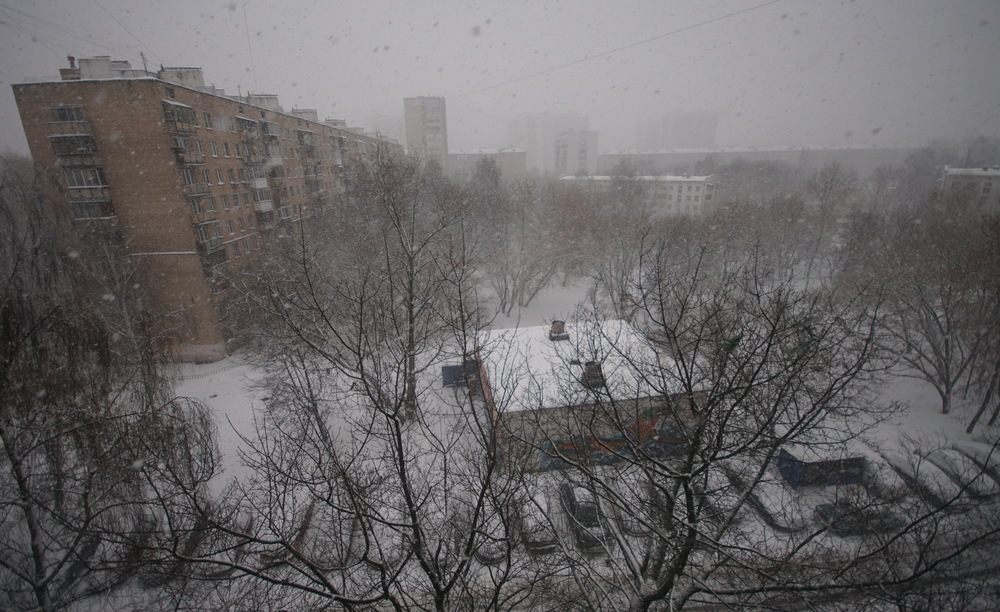

 @BarsMonster
@BarsMonster